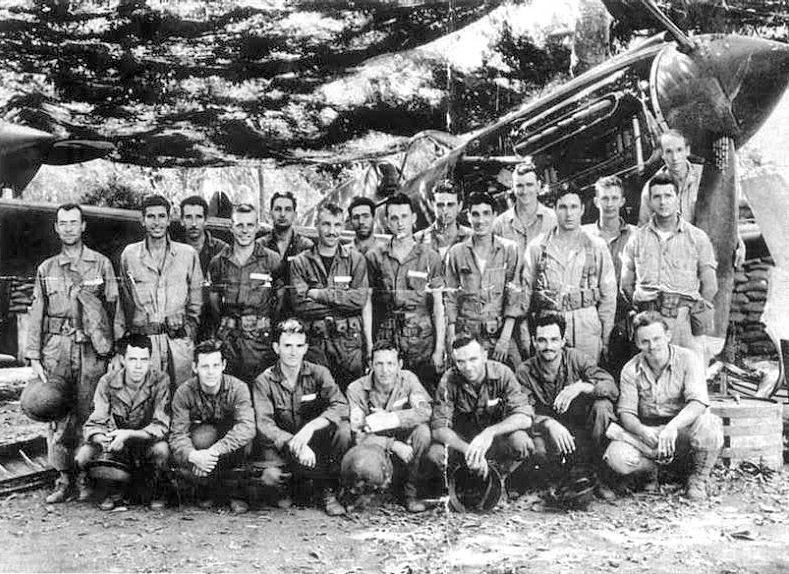By: Phil Kohn. Dedicated to the memory of his father, GM3 Walter Kohn, U.S. Navy Armed Guard, USNR, and all men and women who have answered the country’s call in time of need. Phil can be contacted at ww2remembered@yahoo.com.
The Japanese begin an all-out assault on American and Filipino forces on Bataan on April 3, 1942. In Burma, the Japanese conduct sustained aerial attacks with incendiary bombs on Burma’s capital, Mandalay; the resulting firestorm kills over 2,000 civilians. As part of “Operation C,” a Japanese fleet accompanying five aircraft carriers heads for the island of Ceylon off the southeast coast of India.
On April 4, ships from the British naval force protecting the Indian Ocean — five battleships and three aircraft carriers — sail from Ceylon to intercept the Japanese “Operation C” force heading their way. The fleets never find each other. The Luftwaffe launches a strong raid against Kronstadt Harbor in Russia, 19 miles west of Leningrad, with the objective of destroying the Soviet fleet there. Seventy German bombers, along with 62 Stuka dive-bombers and 50 Messerschmitt Bf-109 fighters attack and damage 13 Soviet warships. However, the facility is fiercely defended by anti-aircraft guns and none of the Soviet vessels are sunk. The British cargo ship Empire Arnold, part of a convoy sailing from New York to Alexandria, Egypt, via Cape Town and the Suez Canal, is sunk off French Guiana by German sub U-155. Among her 10,000 tons of cargo are airplanes and tanks for the British Eighth Army in North Africa.
On Bataan, in the Philippines, the Japanese capture Mt. Samat, a key point in the Allied defense line, on April 5. Carrier-launched airplanes of the Imperial Japanese Navy attack Colombo, Ceylon, sinking the British Royal Navy cruisers HMS Cornwall and HMS Dorsetshire southwest of the island. The destroyer HMS Tenedos is also sunk. In Germany, Hitler issues “Führer Directive 41,” which outlines his plans for a summer offensive in Russia, code-named “Case Blue.” The primary goal is to capture the oil fields in the Caucasus; the secondary goal is to capture Stalingrad. In the Pacific, the Japanese complete their invasion of Buka and Bougainville islands.
On April 6, Japanese naval vessels put several hundred troops of the 8th Special Base Force ashore at Manus Island in the Bismarck Archipelago. The Australian defenders withdraw into the jungle. The Indian naval sloop HMIS Indus is bombed by Japanese Mitsubishi G3M bombers off Akyab, Burma. The vessel suffers three direct hits and sinks in 35 minutes. Ten sailors are injured, but no lives are lost.
In Bombay, the Indian National Congress’s Working Committee on April 7 rejects British government envoy Stafford Cripps’s proposal for post-war independence for India in return for loyalty during the war. Instead, the Committee’s leadership demands immediate self-government in return for continued war support. Mohandas Gandhi says that Cripps’s proposal of Dominion status after the war is a “post-dated checque drawn on a crashing bank.” The Luftwaffe bombs the Maltese capital of Valletta, causing much damage. The city’s architecturally renowned opera house takes a direct hit and is reduced to rubble. In Lübeck, Germany, Lutheran pastor Karl Friedrich Stellbrink is arrested for criticizing Nazi rule. Within two and a half months, three Catholic priests — Johannes Prassek, Eduard Müller and Hermann Lange — are also rounded up on the same charges. Tried in June 1943, the “Lübeck Martyrs,” as the four come to be known, are executed by beheading in November 1943.
Hamburg, Germany, on April 8 is bombed heavily by the RAF. The U.S. Navy’s floating drydock, USS Dewey, at Mariveles, on the Bataan Peninsula in the Philippines, is scuttled to prevent its capture and use by the Japanese. In Canada, the government creates the Park Steamship Co. to build Canadian-flagged, steam-powered merchant vessels that are the equivalent of American Liberty ships. In the U.S., the War Production Board bans all non-essential construction to conserve building materials. It also restricts the use of wool, rayon, cotton, and other materials in garments, and publishes maximum allowable lengths for jackets, coats, and skirts.
The Imperial Japanese Navy launches an air raid on Trincomalee, Ceylon, on April 9. The Allies lose three ships off the east coast of the island in the attack: the British aircraft carrier HMS Hermes, the British corvette HMS Hollyhock, and the Australian destroyer HMAS Vampire. In the Philippines, Bataan falls to the Japanese. The “Bataan Death March” begins as between 60,000 and 80,000 captive Filipino and American POWs in weakened physical condition are forced to march 97 miles north to Camp O’Donnell, a detention center that had been a Philippines Army post. As many as 650 Americans and between 5,000 and 18,000 Filipinos die before reaching their destination. With Bataan conquered, the final point of Allied resistance on Luzon becomes the island of Corregidor, in the middle of Manila Bay.








